ProFractional™ Laser Skin Resurfacing - Why is it different?
The first laser to be used in medicine was in the mid-1950s by ophthalmologists to treat retinal conditions. Since then, a variety of lasers have been developed to specifically treat the skin. In the 1970s, carbon dioxide (CO2) lasers were developed for surgical use. In the early 1990s, CO2lasers became popular for treating skin wrinkles and for providing skin rejuvenation. A few years later (mid-1990s) a new laser, the Erbium:YAG, was introduced. This laser technology provides a more precise, exact treatment for skin rejuvenation because the wavelength of light emitted by the laser matches the peak absorption of the treatment target in the skin (water molecules). CO2lasers also targets water molecules, however, the CO2is non-specific as it vaporizes all skin components during treatment. Given the specificity and precision of the Erbium:YAG laser, this is considered the “technological standard” for laser skin resurfacing.
Laser skin resurfacing is primarily used to reduce wrinkles, lessen scarring, and to brighten skin tone. Older generation lasers (fully ablative) would treat the entire skin surface and would take significant amount of time to heal. Modern lasers, such as the ProFractional™ laser by Sciton® provide excellent results while minimizing downtime by treating the skin with small dots instead of a blanket treatment. By leaving some of the normal skin untouched, this “fractionated” approach provides much faster healing while maintaining excellent results. ProFractional treatments can be combined with “MicroLaser Peels” which can enhance the results and give outstanding outcomes in a single treatment. The additional benefit of the Sciton laser is the ability to customize the amount of heat (coagulation) to the treatment, whereas older generation lasers did not have this customization. . This allows for precise delivery energy for collagen contraction, while minimizing complications such as hyper- and hypo-pigmentation. By using this customization, ProFractional treatments can be done under topical anesthesia only (using numbing creams). Please visit our page on Laser Skin Care for more information.
